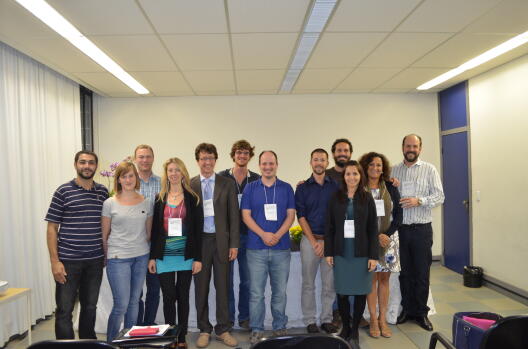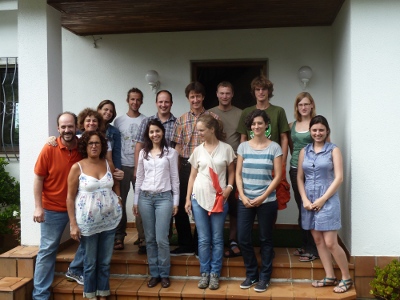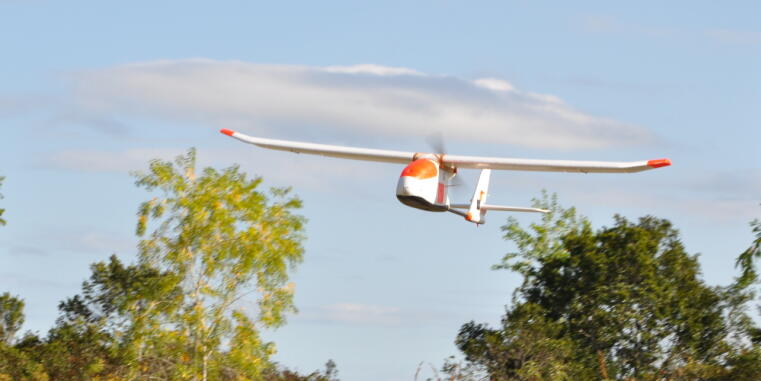
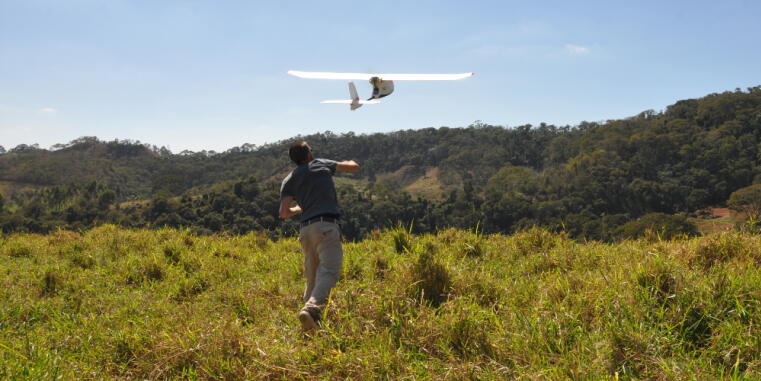
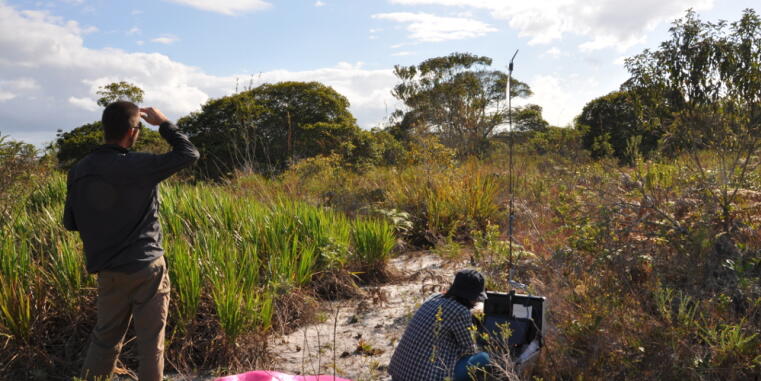
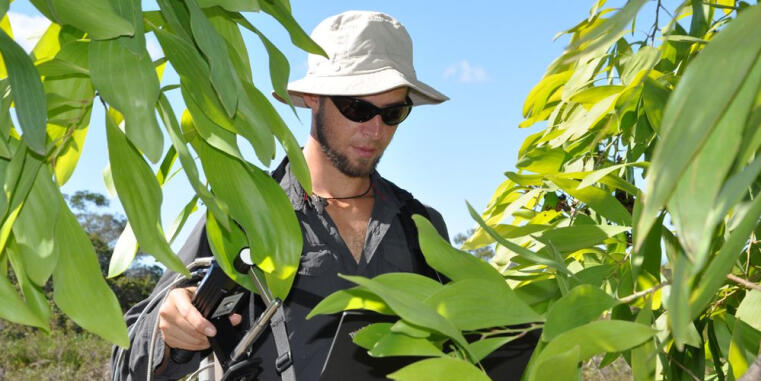
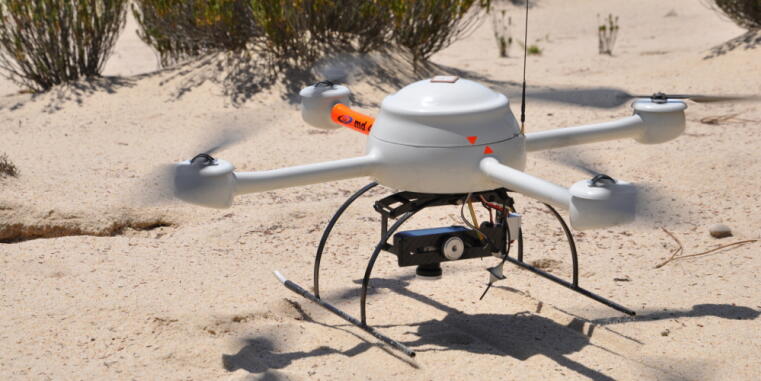
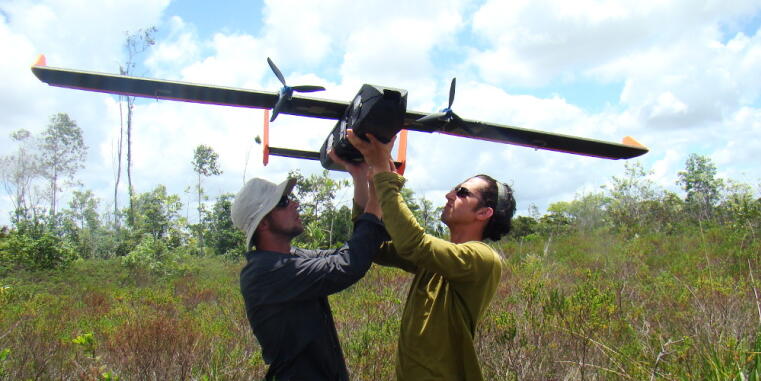






Climate change, soil degradation and the need of alternative energy sources are main challenges at the beginning of the 21st century. Exotic plant species are introduced on purpose for wood production, CO2 sequestration and soil amelioration. Some of these exotics spread out without control and are able to facilitate their invasion into native ecosystems by altering habitat properties. These so-called “invasive ecosystem engineers” can become a threat to biodiversity, ecosystem function and human health. The processes of biological invasions, their impacts on native ecosystems on different temporal and spatial scales, and the invasibility of different ecosystems are still not well understood.
The aim of the INvasive SPecies Evaluation, ConTrol & EDucation.NETwork (INSPECTED.NET) is to set up a multi-skilled, international group of experts in biological invasions that will add on to existing programmes like the European-based DAISIE or the global invasive species programme (GISP). As a model, we will examine the invasion by the ecosystem engineer Acacia longifolia applying the latest methods in vegetation ecology including stable isotope analysis and remote sensing.
Studies will be carried out at multiple spatial scales and at different stages of invasions in Portugal and Brazil. As a result, we want to develop a set of tools to evaluate and control biological invasions, and to contribute to current methods of risk assessment. We will extend our network with more experts in Acacia longifolia invasions worldwide.
We will integrate the results of our research in our teaching to increase knowledge and raise awareness of exotic species and their risk assessment together with active multipliers such as public and educational bodies, institutions of nature conservation and forestry, and people involved in habitat restoration and sustainable land use, especially considering global change and the challenges of fertile land loss, soil degradation and desertification.
INSPECTED.NET is funded wihtin the Marie Curie Actions programme.
PIRSES-GA-2009-269206
The funding is 171 TEUR.
Partners are:
Publications
Oral presentations
Poster contributions
Workshops
Am 25. und 26. Juli 2016 fand an der Bundesuniversität Viçosa (Universidade Federal de Viçosa, Minas Gerais, Brasilien) das „International Symposium on Biological Invasion & II Jornada Botânica” statt. Die Veranstaltung wurde gemeinsam von der Universität Münster, der Universität Viçosa und dem Deutschen Wissenschafts- und Innovationshaus São Paulo ausgerichtet. Insgesamt waren mehr als 50 Wissenschaftler/-innen aus Deutschland, Portugal und Brasilien zusammengekommen, um sich über die jüngsten Ergebnisse der Forschung zu invasiven Pflanzen und dem damit verbunden Verlust an Biodiversität auszutauschen. Die Veranstaltung wurde stellvertretend durch Prof. Dr. Tillmann Buttschardt (Universität Münster), Dr. Silvia Ziller (Instituto Hórus de Desenvolvimento e Conservação Ambiental, Florianópolis), Prof. Dr. Vladimir Oliveira Di Iorio (Universität Viçosa), Prof. Dr. Renata Meira (Botanische Gesellschaft Brasilien) und Márcio Weichert (Deutsches Wissenschafts- und Innovationshaus São Paulo) feierlich eröffnet. Durch die zahlreichen Fachvorträge und Diskussionen konnte die aus einem EU-Projekt hervorgegangene Zusammenarbeit zu einer langfristigen Kooperation zwischen Brasilien und Deutschland mit besonderen Blick auf die Förderung junger Nachwuchsforscher/-Innen ausgebaut und weiter gestärkt werden.
Das EU-Projekt fokussierte vor allem auf invasive Akazienarten, die – ursprünglich aus Australien stammend – auch in Portugal und vor allem in verschiedenen Teilen Brasiliens stark invasiv sind und dort die Lebensräume langfristig verändern. Während die Forscher aus Viçosa den Blick vor allem auf strukturellen Aspekten des Vegetationsaufbaus, des Samendrucks und der Beschattung richteten, hatten die Arbeiten der Universitäten in Freiburg (D) und Lissabon (P) vor allem physiologische Aspekte im Fokus. Da Akazien in nährstoffarmen Ökosystemen in der Lage sind, mittel sogenannter Knöllchenbakterien Luftstickstoff zu binden und so einen ausgesprochenen Mangel zu überbrücken, haben sie einen entscheidenden Vorteil gegenüber anderen Pflanzen. Auch gehen sie viel verschwenderischer mit Wasser um und schwächen so zusätzlich ihre Konkurrenz. Es konnte mittels Einsatzes stabiler Isotope nachgewiesen werden, dass der Stickstoff, den die Akazien fixieren auch in anderen Pflanzen in der Nachbarschaft angetroffen wird. Die Akazien geben also ihren Sticksoff an die Umgebung weiter. Der fachliche Schwerpunkt der Westfälischen Wilhelms-Universität Münster lag darin, mittels des Einsatzes von hyperspektraler Fernerkundung und Drohnen (UAVs) einerseits die Verteilungen der Akazien im Raum zu ermitteln und andererseits die räumlichen Auswirkungen der Ökosystemveränderungen mittels Modellrechnungen zu bestimmen.
Neben der Vorstellung dieser Ergebnisse wurden in der Konferenz auch Arbeiten brasilianischer Studierender und Doktoranden präsentiert, die im Vorfeld eingereicht und durch eine Jury ausgewählt worden waren. Márcio Weichert vom Deutschen Wissenschafts- und Innovationshaus São Paulo stellte in einem eigenen Beitrag das deutsche Wissenschaftssystem vor und informierte über Möglichkeiten welche der DAAD, die DFG sowie die AvH-Stiftung für die Unterstützung brasilianischer Forscher und Studierender in Deutschland bieten.
